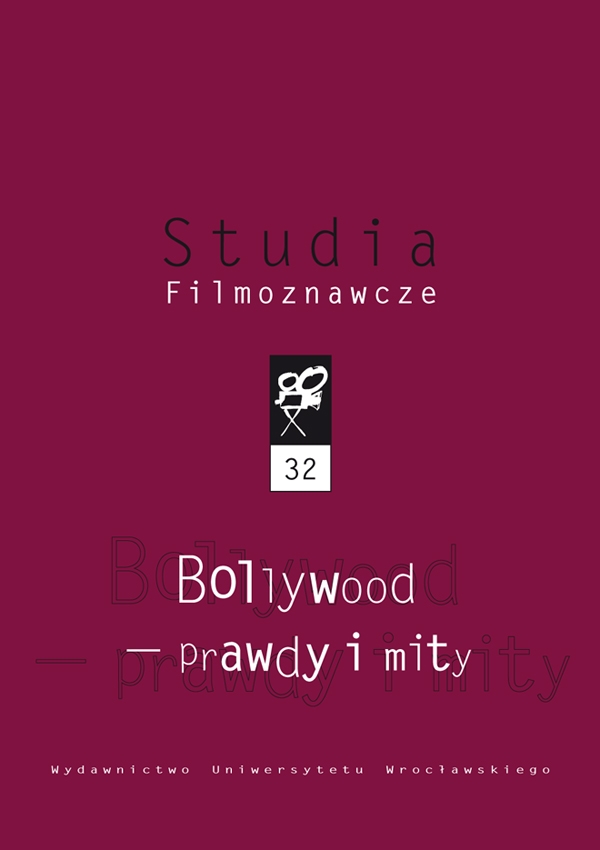

Artykuły

WE ARE ALL UNTOUCHABLE. THE MATERIAL DIALECTICS OF MANGAL PANDEY: THE RISING BY KETAN MEHTA
The initial part of the essay outlines the ambiguous position of the popular Hindi cinema within the frame of what might be called the global film system or within global structures of cultural imperialism. The author uses the dialectical tools of the First, Second and Third Cinema as seen by the Third Cinema theory. From this point of view, Bollywood would be the major First Cinema of the Third World — as such it comprises a powerful force opposing the cultural imperialism of the West but at the same time, in general, supports ideologically the status quo of social, economical and political injustice relevant to the periphery of the capitalist world-system India being part of such peripheries. The surprising feature of the Ketan Mehta’s film is that it employs the formulaic aesthetics of Bollywood Cinema and fits into all of its requirements as a genre but in order not to sustain and persuade ideologies of the existing power relations but to express through them a critical analysis of imperialism this permanent stage of capitalism and the multidimensional impact of the imperialism on the conquered and exploited societies. Using the analytic tools of Marxist theory the author tries to present in what ways the film takes for its subject a mythologized and somewhat legendary version of historical events nowadays, historians do not consider Mangal Pandey crucial, nor even really significant to the outburst of the Sipoy Mutiny, events whose main social and political actors were clearly expressing their motivations in strictly religious terms war against infidel conquerors in defence of Indian religions. The film does it, however, in order to transform the interpretation of the events so as they regain a revolutionary, deeply politicized thus avoiding the traps of religious culturalist illusions dimension of the fight of the oppressed against their oppression, exploited people against the logics of the capital, for the sake of truly universal values. According to the author, the film does so building also a bridge between the presented historical developments and the world we still live in. This is still the same world, constantly governed by the very same totalitarian rule of accumulation of capital. Through the strategies analysed in the essay, Mehta’s film seems opposing both: reactionary use of religion and religiously defined divisions in contemporary conflicts, a problem that affects so many of the Third World societies, including India, as well as the absence of larger historical perspective and deeper structural understanding of global power relations in postmodern culture.